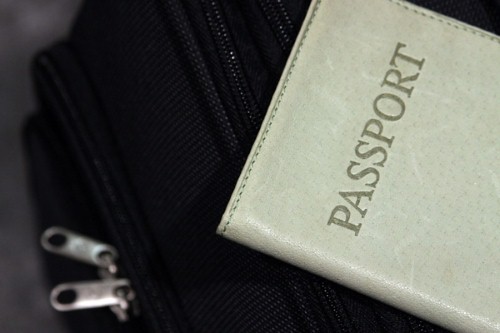Visa shortage concerns community groups
- Details
- Created on Monday, 06 February 2012 09:20
- Written by Editorial staff

Recent cuts to the number of special humanitarian visas have seen community groups that support new arrivals in Australia express concern over the potential impact it could have on processing times.
While migration agents will be aware that the program has been reduced to 750 places for the rest of 2012, the Salvation Army has reportedly received information that - despite a growing queue of 20,500 in line for the program - only ten more places remain before July.
It could be due to the fact that the limited places have been reassigned by the Department of Immigration and Citizenship (DIAC) to people who have been processed after arriving by boat.
This is despite the 3,000 humanitarian visas issued in 2011 and the almost 9,000 delivered in 2003 - as the government says the shift has been necessary.
In response, the Refugee Council of Australia (RCOA) has issued a call to have the programs that assess refugees arriving by boat and the special humanitarian visas issued to those who already have family living in Australia to be made entirely separate.
The RCOA's submission to the government on intake protocols for 2012-13 included a substantial amount of research that showed how the continued "numerical link" between the two categories was causing "tensions and frustrations" within the community.
It asserted: "Although concerns have been raised regarding this link in previous years, this year
negative sentiments towards people arriving onshore were more evident than in the past,
stemming from a perception (fuelled by public discourse and political debates) that onshore
Protection Visa holders are 'illegal' and 'taking places from' people who are trying to sponsor
family and community members under the SHP."
These concerns have been noted in the past by the DIAC itself which said in a report issued in late 2011 that 2012 was likely to see "the smallest program in 30 years".
The DIAC explained: "The SHP (Special Humanitarian Program) is facing the greatest pressure since its inception in 1981.
"The SHP continues to be under pressure from the number of Protection visas being granted onshore, particularly to IMAs (Irregular Maritime Arrivals), but also to people who arrive by air and seek protection."
While the department said the concerns were understandable, it explained that the numerical linkage between the two systems was that it "enables planning and budgeting for government-funded settlement services to properly meet the needs of humanitarian entrants".
News Archive
- 2014
- 2013
- December (21)
- November (29)
- October (21)
- September (20)
- August (22)
- July (21)
- June (20)
- May (23)
- April (22)
- March (27)
- February (19)
- January (20)
- 2012
- December (14)
- November (17)
- October (20)
- September (16)
- August (23)
- July (21)
- June (18)
- May (22)
- April (18)
- March (20)
- February (18)
- January (19)
- 2011






